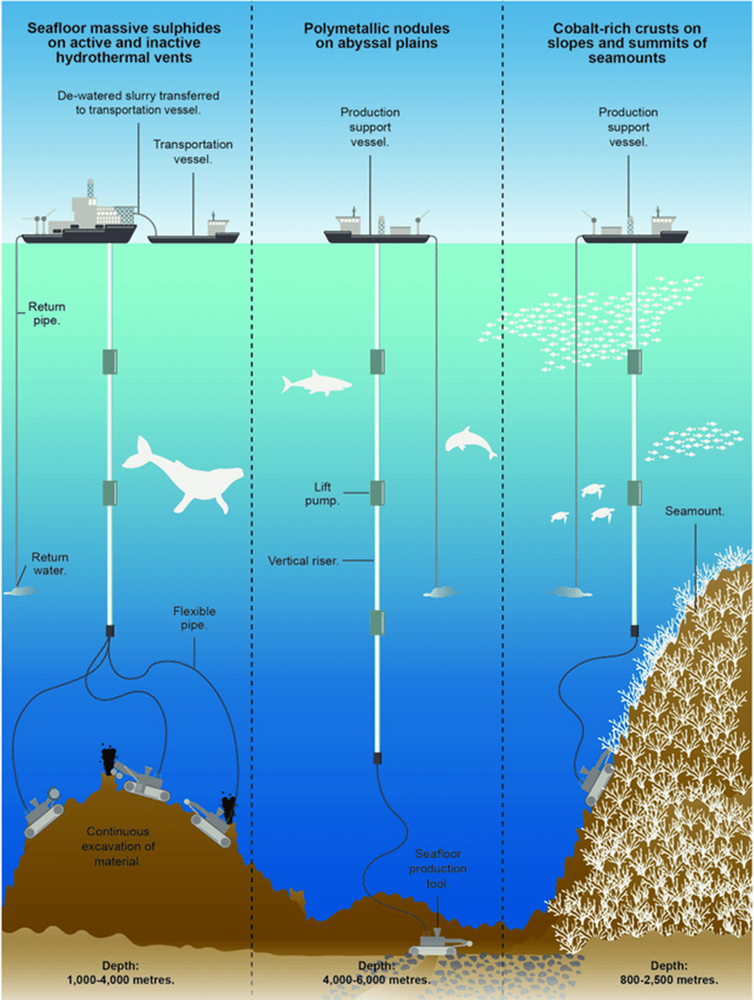The demand for critical minerals has increased significantly in recent years due to the adoption of new technologies. Forecasts predict that the increasing deployment of clean energy technologies including EVs and battery storage is set to supercharge demand for critical minerals. The demand for lithium, graphite, cobalt, nickel, and manganese rare earth elements, could increase by 42, 25, 21, 9, 8 and 7 times respectively by 2040 compared to 2020, as clean energy technologies are developed. Positive impacts of mining include jobs, local value creation, tax revenues, and infrastructure development, and countries are making elaborate plans for prospecting and developing mineral resources. Despite these efforts, there are several challenges including high geopolitical competition, increased prices and volatility, decreasing ore quality, and environmental, social, and governance (ESG) concerns about mining which are expected to lead to a tight supply of critical minerals in the near to medium term. To overcome some of these issues, the mining industry is now eyeing the maritime domain to meet the burgeoning demand for critical minerals.








